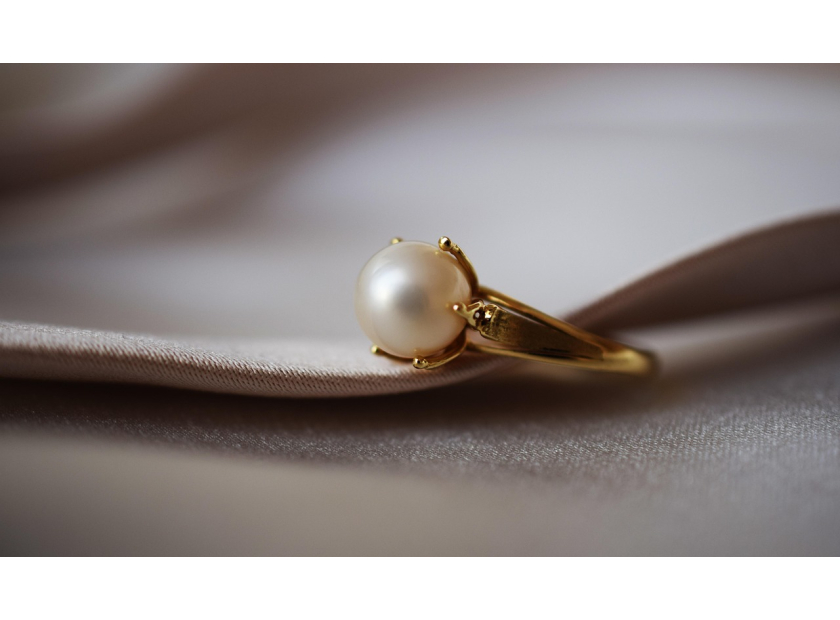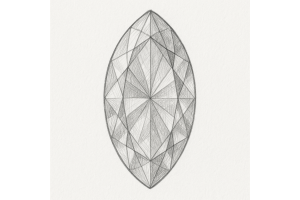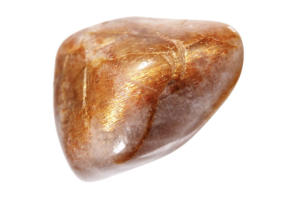GBP
/
GBP
/
Shipping to:
Currency:
Pearl: The Timeless Elegance of June’s Birthstone
June, a month of warmth and blossoming beauty, is graced by a birthstone that epitomizes understated luxury—pearl. Unlike other gemstones mined from the earth, pearls are organic treasures formed within living creatures, making them truly unique. Revered for their luminous glow and classic appeal, pearls have symbolized purity, wisdom, and prosperity for centuries.
In this guide, we'll explore the fascinating history, varieties, and symbolism of June's cherished birthstone.
Pearl's History and Origins
A Gem of the Sea
Pearls have been treasured since antiquity, with records dating back to ancient China, Rome, and Egypt.
The Romans associated them with Venus, the goddess of love, while Chinese legends claimed pearls fell from the sky when dragons fought.
The Age of Exploration
During the Renaissance, pearls became a symbol of wealth and status in Europe. The discovery of natural pearl beds in the Persian Gulf and Indian Ocean fueled their popularity among royalty, including Queen Elizabeth I, who famously adored them.
Modern Cultivation
Today, most pearls are cultivated rather than wild-harvested.
Japan and China dominate the pearl industry, with Akoya, South Sea, and Tahitian pearls being among the most sought-after varieties.
Pearl's Unique Characteristics
Organic Beauty
Unlike gemstones, pearls are formed inside mollusks (such as oysters and mussels) when an irritant becomes coated in nacre, creating their signature luster.
Types of Luster
- High luster (mirror-like shine, most valuable)
- Medium luster (soft glow)
- Low luster (dull appearance)
Durability
Pearls rank 2.5–4.5 on the Mohs scale, making them softer than most gemstones.
They require gentle handling to avoid scratches.
Pearl Symbolism and Meaning
Birthstone of June
Pearls represent purity, innocence, and new beginnings, making them a perfect match for June's bridal associations.
Wisdom and Serenity
Ancient Greeks believed pearls promoted marital harmony, while Eastern cultures associated them with spiritual wisdom.
Protective Talisman
Sailors once carried pearls as good luck charms to calm storms, and they were thought to protect against tears and misfortune.
Pearl Varieties: A Spectrum of Elegance
| Type | Origin | Color Range | Key Features |
|---|---|---|---|
| Akoya | Japan, China | White, Cream | High luster, classic round shape |
| South Sea | Australia, Indonesia | White, Golden | Large size, satin glow |
| Tahitian | French Polynesia | Black, Peacock Green | Exotic, metallic sheen |
| Freshwater | China, USA | Pink, Lavender, White | Irregular shapes, affordable |
Pearl Care and Maintenance
Daily Wear Tips
- Avoid perfumes & cosmetics (chemicals can damage nacre)
- Wipe gently with a soft cloth after wearing
- Store separately to prevent scratches
Long-Term Preservation
- Keep pearls in a breathable pouch (plastic can cause drying)
- Restring every 2–3 years if worn frequently
- Never clean with ultrasonic or steam cleaners
The Eternal Appeal of Pearls
From Cleopatra's legendary pearl earrings to modern red-carpet statements, pearls have remained symbols of:
- Timeless sophistication
- Feminine strength
- Natural wonder
Whether worn as a single strand necklace or a contemporary ring, pearls adapt to every style while retaining their quiet majesty.
Fun Fact: The largest pearl ever discovered, the Pearl of Lao Tzu, weighs 6.4 kg and is worth over $100 million!








